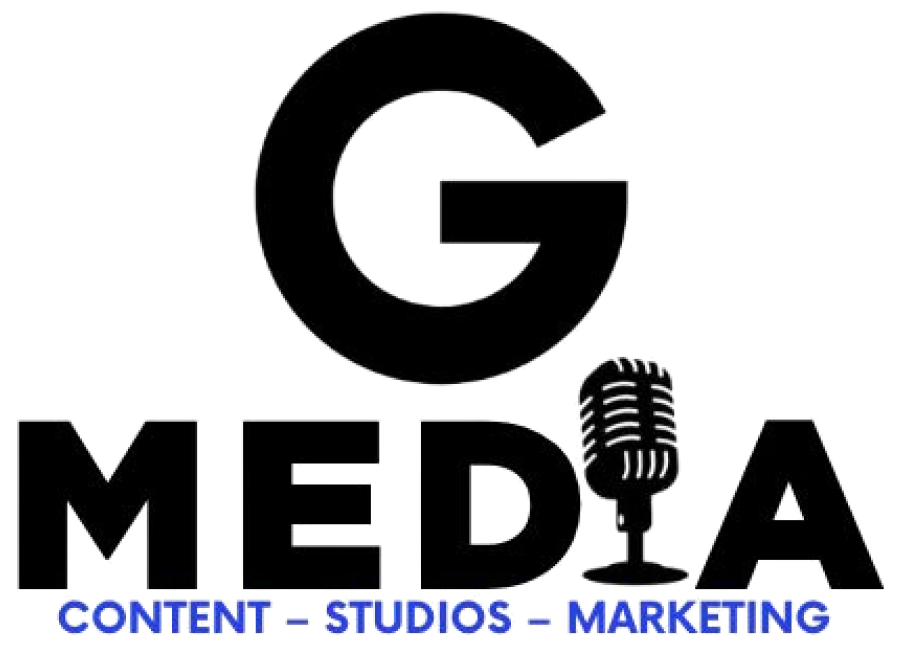Content Marketing vs Traditional Marketing: Key Differences
Discover key differences between content marketing and traditional marketing, plus why Las Vegas businesses benefit from modern strategies.

Content Marketing vs Traditional Marketing: Key Differences
Published On
November 15, 2025
Written By
Milos Pajic
Read Duration
5 Minutes
Imagine running a Las Vegas business and trying to decide: should you invest in a billboard on the Strip or start a YouTube channel? Both aim to attract customers, but they operate in entirely different ways. One pushes messages out; the other pulls audiences in. That’s the essence of content marketing vs traditional marketing.
For decades, TV, radio, print, and direct mail dominated the marketing landscape. But with the rise of digital transformation and AI-driven analytics, content marketing has revolutionized how businesses connect with audiences. Instead of interrupting, it engages. Instead of shouting, it converses.
In this article, we’ll explore traditional vs content marketing, highlight their key differences, and share real-world examples showing how Las Vegas businesses can use modern strategies to achieve measurable growth. By the end, you’ll know which approach fits your goals—or how to blend both for maximum impact.
If you’re ready to create a data-driven strategy, visit Galindo Media’s Services to see how our team helps brands develop high-impact marketing campaigns.
Understanding the Core Concepts of Both Marketing Approaches
.jpg)
Before comparing, it’s important to define each method clearly and understand how they impact modern business growth.
What Is Traditional Marketing?
Traditional marketing includes offline advertising such as TV, radio, print media, billboards, and direct mail. Its strength lies in broad reach and tangible visibility.
Key Benefits:
- Builds mass brand awareness quickly.
- Delivers physical, memorable ad formats.
- Works well for audiences less active online.
However, traditional marketing is often costly, harder to measure, and lacks two-way interaction. For example, a Las Vegas law firm running radio ads might reach thousands but rarely knows who listened or acted.
What Is Content Marketing?
Content marketing focuses on creating and distributing valuable, relevant content—like blogs, videos, and podcasts—to attract and retain customers. Instead of selling directly, it builds trust.
Advantages of Content Marketing:
- Establishes authority and brand credibility.
- Provides measurable ROI through analytics.
- Attracts highly targeted, engaged audiences.
As HubSpot explains, content marketing earns attention, while traditional marketing demands it—a crucial difference in an age of empowered consumers.
To learn how our Las Vegas marketing experts apply these principles, explore About Us at Galindo Media.
Main Differences Between Content Marketing and Traditional Marketing

1. How the Audience Is Reached
Traditional marketing pushes information out—think radio jingles or billboards. Content marketing, by contrast, pulls audiences in through storytelling, SEO, and educational content.
A Las Vegas restaurant can attract tourists searching “best brunch near me” through blogs and social posts instead of relying solely on expensive TV commercials.
Pro Tip: Learn more about organic reach strategies at Content Marketing Institute.
2. The Role of Engagement
Traditional advertising is one-way communication. Once your ad is out, there’s no interaction. Content marketing thrives on feedback—likes, shares, comments, and community discussions.
For example, when a Las Vegas café shares behind-the-scenes videos on social media, it’s not just promoting—it’s connecting.
If you’re exploring social media marketing vs traditional marketing: content creation tips, remember: authentic storytelling always wins.
3. Measuring Results
Tracking ROI in traditional media is difficult. You may estimate exposure but can’t precisely measure conversions.
With content marketing, analytics provide transparency—website traffic, leads, engagement, and keyword rankings are all measurable. Tools like Neil Patel and Forbes recommend focusing on key performance metrics rather than assumptions.
4. Cost and Longevity
Traditional marketing demands higher upfront investments—airtime, printing, and placement fees. Once your campaign ends, visibility stops.
Content marketing, however, compounds over time. A single optimized blog or video can drive traffic for years, making it more cost-effective long-term.
As Entrepreneur notes, well-crafted digital content delivers ongoing returns with minimal additional spending.
5. Customer Trust and Retention
Over 70% of consumers say they prefer learning about brands through articles instead of ads. Content marketing vs traditional advertising differences show that modern consumers seek authenticity and education over interruption.
For content marketing vs traditional marketing for law firms, this distinction is critical—law firms build trust through thought leadership, not just TV commercials.
How Content and Traditional Marketing Work—and How to Combine Them

How Content Marketing Works
The process starts with audience research. Once you understand what your ideal customers care about, you produce valuable, relevant content.
Example: A Las Vegas realtor publishes “Top Neighborhoods for First-Time Homebuyers.” This post educates, builds authority, and attracts qualified leads.
Pro Tip: Consistency and keyword research using tools like SEMrush help content rank higher and perform better.
How Traditional Marketing Campaigns Operate
Traditional campaigns begin with budgeting and media buying—deciding where and how long to run your ad. A billboard or print campaign builds awareness but provides limited data on performance.
In Las Vegas, traditional ads might promote casinos or shows—great for exposure but less effective for tracking engagement.
Note: In a digital-first world, traditional methods still play a role but should be complemented by online efforts.
How Businesses Combine Both Approaches
Smart marketers blend both strategies. A local Vegas gym might use local radio (traditional) to increase awareness while sharing fitness tips and client success stories online (content).
This hybrid method increases visibility while nurturing relationships—truly the best of both worlds.
To learn more about developing a combined strategy, reach out through Galindo Media’s Contact Page.
Real-World Examples: Las Vegas Businesses Using Both
Case 1: Local Restaurant
A boutique restaurant near Fremont Street used content marketing to share stories about its chefs and ingredients. Website traffic increased 45%, and reservations rose 30% without paid ads.
Case 2: Event Venue
A Las Vegas concert venue relied heavily on radio and billboards. Attendance improved short-term, but sustained growth only came after adding blog posts, artist interviews, and email newsletters.
Takeaway: The best marketing strategies evolve by integrating storytelling with exposure.
Tips for Maximizing Marketing Success in Las Vegas
- Set clear goals: Know if you’re building awareness, leads, or loyalty.
- Track results: Use Google Analytics or HubSpot dashboards to monitor conversions.
- Repurpose content: Turn blogs into short videos or carousel posts.
- Test both worlds: Experiment with digital ads and print campaigns.
- Stay consistent: Regular posting builds familiarity and trust.
For campaign audits and personalized recommendations, connect with our Galindo Media Team to align your strategy with your goals.
Choosing the Right Strategy for Your Brand
Ultimately, content marketing vs traditional marketing isn’t an either-or decision—it’s about balance. Traditional methods build mass visibility, while digital content creates lasting engagement and measurable ROI.
For Las Vegas brands, blending both is often ideal: use traditional ads for reach and content marketing to sustain relationships.
Discover how Galindo Media helps companies combine storytelling with strategy to maximize every marketing dollar.
Frequently Asked Questions
1. What’s the main difference between content marketing and traditional marketing?
Traditional marketing pushes messages outward, while content marketing attracts audiences through valuable, educational content.
2. Is content marketing more cost-effective?
Yes. Digital campaigns often cost less upfront and deliver compounding returns through SEO and audience engagement.
3. Can small Las Vegas businesses benefit from content marketing?
Absolutely. With local SEO and social storytelling, small businesses can reach both tourists and residents affordably.
4. How do I choose between traditional and digital marketing?
Assess your audience, goals, and budget. If long-term engagement matters most, prioritize content marketing.
5. Can I combine both strategies effectively?
Yes. Use traditional advertising for visibility and content marketing to nurture and convert those leads into loyal customers.
Want To Work With Us?
Ready to take the next step in growing your brand? Schedule a strategy call with our team to discuss how we can help you achieve your goals.











